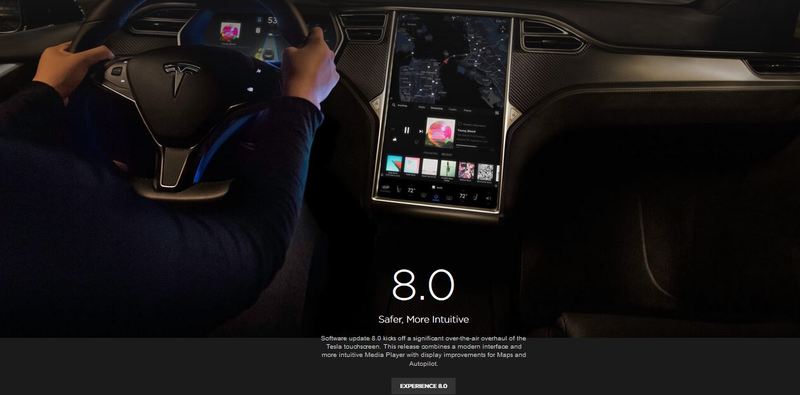Modern vehicles are heavily reliant on software-based systems, and can contain upwards of 100 million lines of code. With this new and complex architecture comes an improved user experience, but also an increased risk of a software-related recall.
Today, over-the-air (OTA) software updates mean that cars can be fixed or refreshed without even leaving the drive. It is a far cry from the days where a vehicle needed time in the workshop, and while updates are limited to digital areas of the vehicle – such as navigation or infotainment – the benefits are significant.
“We are essentially eliminating the need for a recall, and making the deployment of software updates, patches and bug fixes more efficient,” noted Madison White, Product Manager at Wind River, in a recent Automotive World webinar. “This benefits not only the automaker in terms of cost and image, it also removes the need for a driver to take his or her car to a service bay and spend hours waiting for a software update.”

Numerous OEMs are getting in on the act, including General Motors, Nissan and PSA Group. In October, Ford announced it would leverage Wind River’s Edge Sync OTA solution to condense the file size of updates, speeding up transmission and download times. Updates are not only issued to iron out flaws, they are also enabling entirely new functions. Tesla is due to issue an update that allows a vehicle to drive to its owner’s location and follow the individual “like a pet.”
The first step is identifying the need for a new update to one or multiple vehicles, widely known within the industry as a ‘campaign’. That update is then tested, validated, encrypted and securely distributed to the car. It is mutually authenticated to ensure that it is correctly intended for the vehicle, and that it has not been tampered with. If needed, the update can then be distributed within a set of ECUs in the vehicle. The status of the update can be tracked from start to finish to ensure everything has been carried out smoothly. “How to secure the update is definitely the most challenging aspect,” noted Khaldoun Albarazi, Market Development Staff Engineer at STMicroelectronics.
But just like any device, it is critical that the vehicle is not rendered unusable during that time, or at least only for a brief moment. Automakers must negotiate precisely when an update is carried out, and whether the consumer should have a say in it. If the update is safety critical – a cyber security patch, for example – should it be put on ice until the driver feels it is convenient, or carried out at the next safe opportunity? The user, says White, will likely be informed for “most” updates, but there may be others that require intervention: “There could potentially be a use case with a highly critical security patch where you do not want to allow the driver to say ‘no thanks, I don’t want to update my vehicle at this time’.” Drivers should be given a simple outline of the content, how long it will take, and how long the vehicle may be out of commission, she suggested.

However, this dynamic only becomes more complex when considering projections for autonomous driving. “So far, updates have mostly been limited to maps, telematics, infotainment units, and to some extent the instrument cluster,” she said. “But from 2020 onwards, the majority of automakers will be targeting all ECUs in the car. As we move to updating the most mission critical ECUs, it is vital that OTA is leveraged as an end-to-end solution from the beginning.”
OTA updates have already been used to patch issues with critical driving functions. Back in May 2018, Consumer Reports lambasted the Tesla Model 3 for poor stopping distance, levelling criticism at the calibration of the vehicle’s brakes. Rather than hauling vehicles into the workshop, Tesla simply replied with a wireless update to improve stopping distance from 60mph by around six metres. According to Tesla, this was enabled by simply tweaking the software behind the vehicle’s anti-lock braking system (ABS).
Looking ahead, it is likely that OTA updates will be deployed to combat breaches in cyber security, improve driving performance and efficiency, and distribute useful consumer functions. Making sure those updates go ahead glitch-free will remain a challenge for all involved, as will ensuring the consumer is not constantly bombarded with updates. “The trend is heading toward incremental updates,” said White. “If a vehicle has been offline for a few months, there may be multiple updates available. However, the OTA system needs to be smart enough to understand which updates are critical and which can be skipped, and only deliver updates that are needed at any given point in time.”
